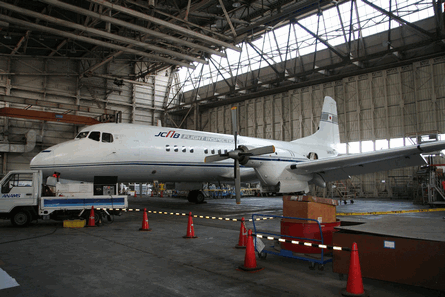After years in the background, Japan is having a go at developing indigenous aircraft again. Companies like Mitsubishi Heavy Industries, Kawasaki Heavy Industries and Fuji Heavy Industries have accumulated years of knowledge as suppliers for the likes of Boeing.
Success is not guaranteed for aircraft such as the Mitsubishi Regional Jet, as the country's experience with the NAMC YS-11 has shown. This is especially so when they are entering a field already crowded with aspirants from China, Russia and possibly India. However, Japan is keen for its aerospace companies to succeed, and they should have a fair chance of doing so if Western partners like Boeing truly come on board.
 |
|---|
Companies like MHI and KHI aspire to be competitive in the global market and that will only benefit them and the market in the longer run. Ironically, they are hindered from doing so by their own country. Since the mid-1970s, Japan has preferred a reading of its post Second World War pacifist constitution that bans military exports and prevents its companies from collaborating on international defence programmes. This was fine for its aerospace industry for as long as Japan was willing to spend billions on the licence-production of Western aircraft. However, the defence budget is shrinking and the companies have to find alternative revenue sources.
Their push into the commercial market is one way of addressing that, but they must be allowed to do more. Every few years, Japan has a debate about its constitution and it is time to start another one. Privately, senior officials from the Japanese companies would like to export at least some of their military products. This would allow them to compete for global contracts and participate in international programmes such as the USA-led Lockheed Martin F-35 Joint Strike Fighter. It would also benefit Japanese taxpayers by reducing the unit cost of indigenous military aircraft. The country could start by relaxing the ban slightly and allow aircraft like Kawasaki's C-X, a military airlifter, to be exported.
Source: Flight International
















